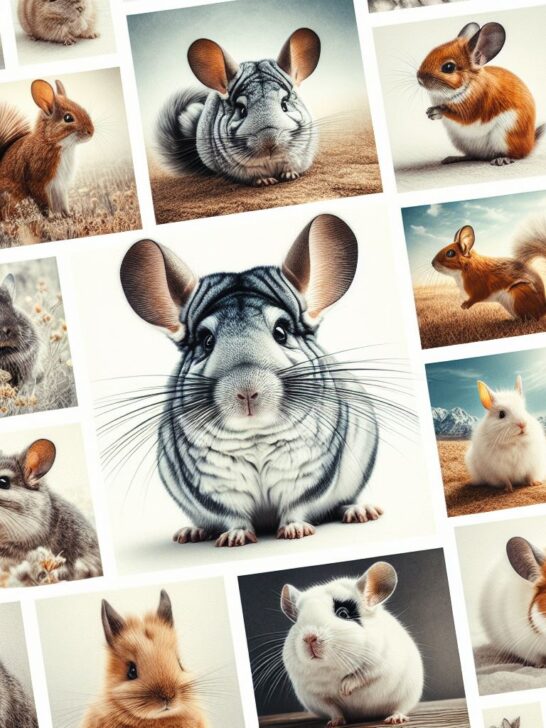Chinchillas, known for their soft fur and adorable appearance, have a distinct charm that many find irresistible. However, several other animals share similarities with chinchillas, either in appearance or behavior. From rodents to marsupials, various creatures exhibit traits reminiscent of these beloved furry rodents. In this article, we’ll explore a diverse array of animals that resemble chinchillas, delving into their appearance, habitat, diet, unique features, and fascinating facts.
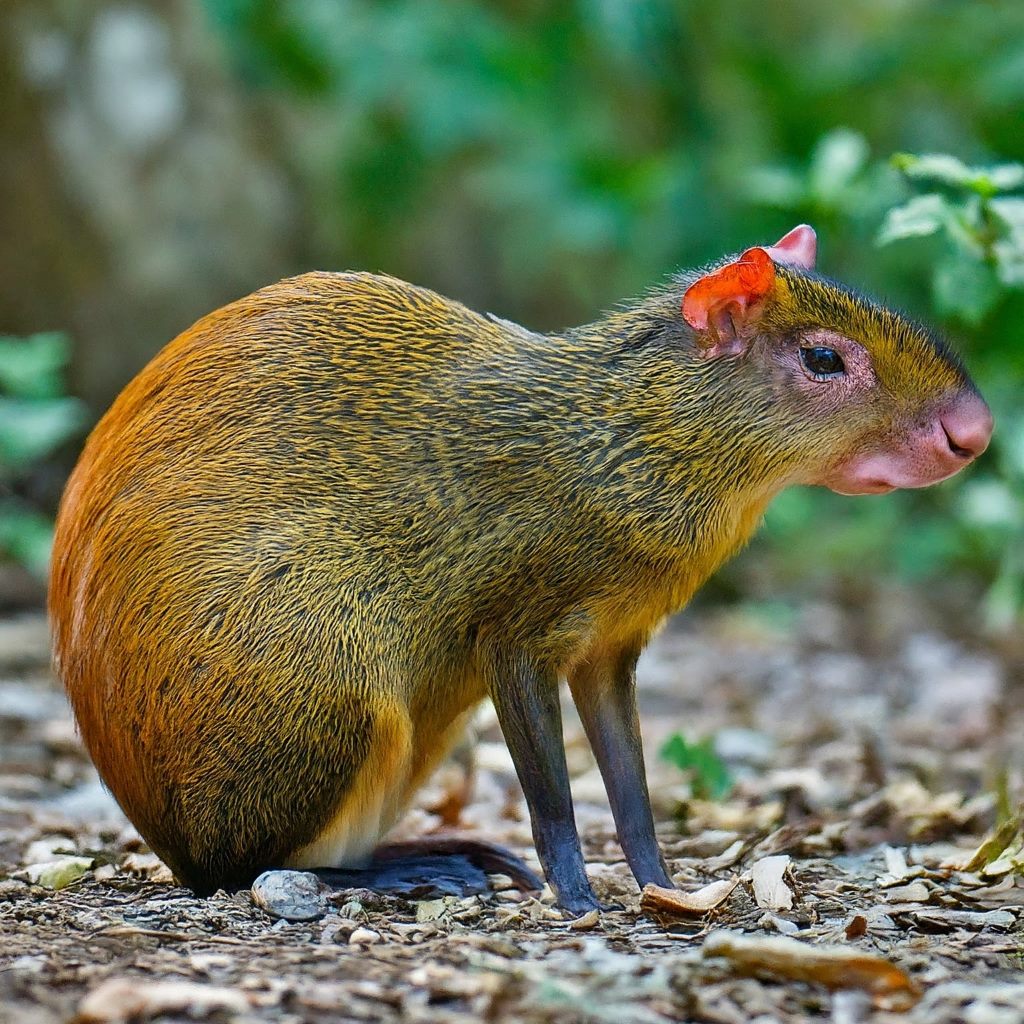
Post Contents
- 1. Agouti
- 2. American Red Squirrel
- 3. California Ground Squirrel
- 4. Chipmunk
- 5. Common Rat
- 6. Degu
- 7. Dormouse
- 8. Eurasian Red Squirrel
- 9. Gerbil
- 10. Gophers
- 11. Guinea Pig
- 12. Hamster
- 13. Hutia
- 14. Mice
- 15. Mountain Cottontail Rabbit
- 16. Rock Rabbit
- 17. Nutria
- 18. Pika
- 19. Porcupine
- 20. Prairie Dog
- 21. Rex Guinea Pig
- 22. Rock Hyrax
- 23. Rufous Bettong
- 24. Sugar Glider
- 25. Viscacha
- 26. Wombats
- Conclusion
- FAQ’S Chinchillas lookalike animals
1. Agouti
Appearance: Agoutis bear a resemblance to chinchillas with their dense fur, long bodies, and large eyes. They typically have brown or gray fur, sometimes with lighter underparts.
Habitat: Agoutis inhabit Central and South American forests, where they forage for food on the forest floor.
Diet: Their diet consists of fruits, nuts, seeds, and vegetation found in their forest habitats.
Features and Facts: Agoutis play a crucial role in seed dispersal, as they often bury seeds for later consumption and may forget where they’ve hidden them, allowing seeds to germinate and grow into new plants.
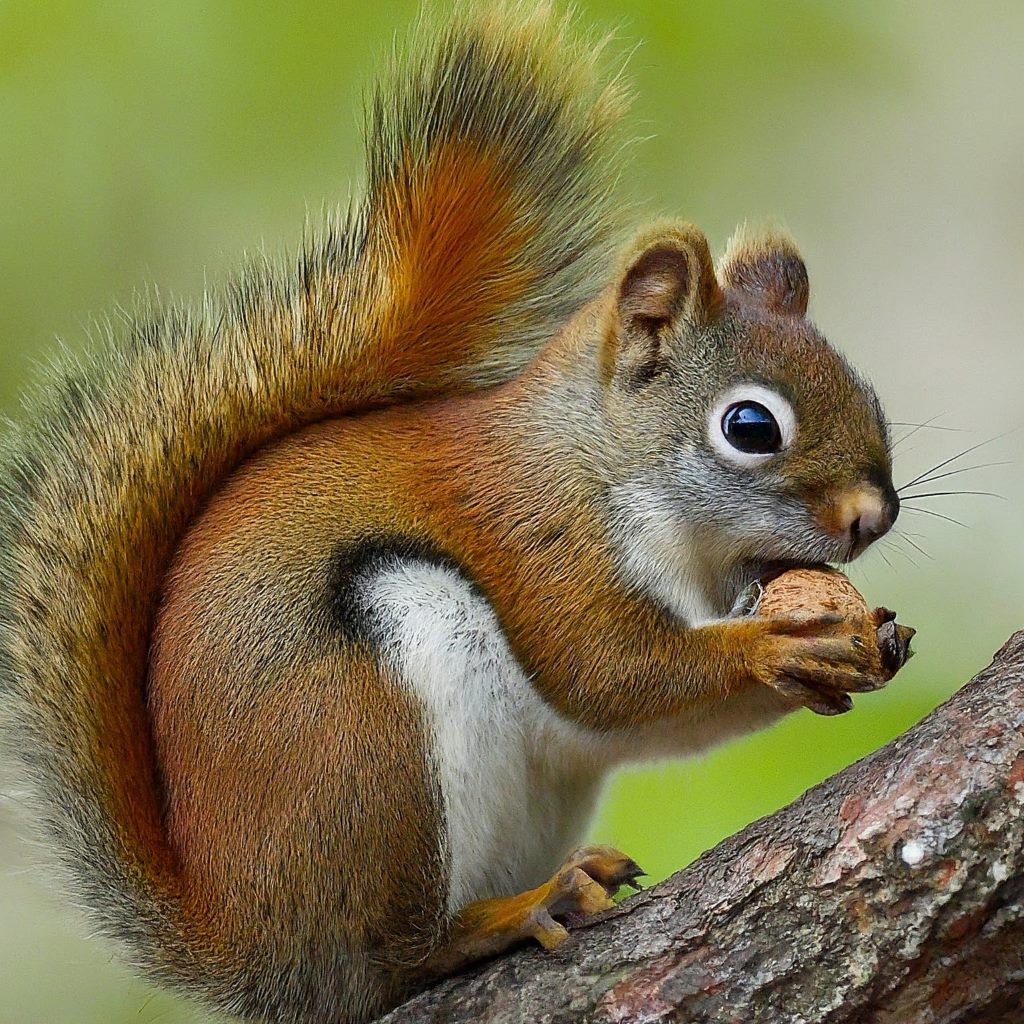
2. American Red Squirrel
Appearance: American Red Squirrels share a similar size and fluffy fur with chinchillas, although their coloration varies from reddish-brown to grayish-black.
Habitat: These squirrels are found in North American coniferous forests, where they build nests in trees and forage for food.
Diet: Their diet consists mainly of nuts, seeds, fruits, and fungi.
Features and Facts: American Red Squirrels are known for their vocalizations, using a variety of chirps and barks to communicate with other squirrels and warn of potential threats.
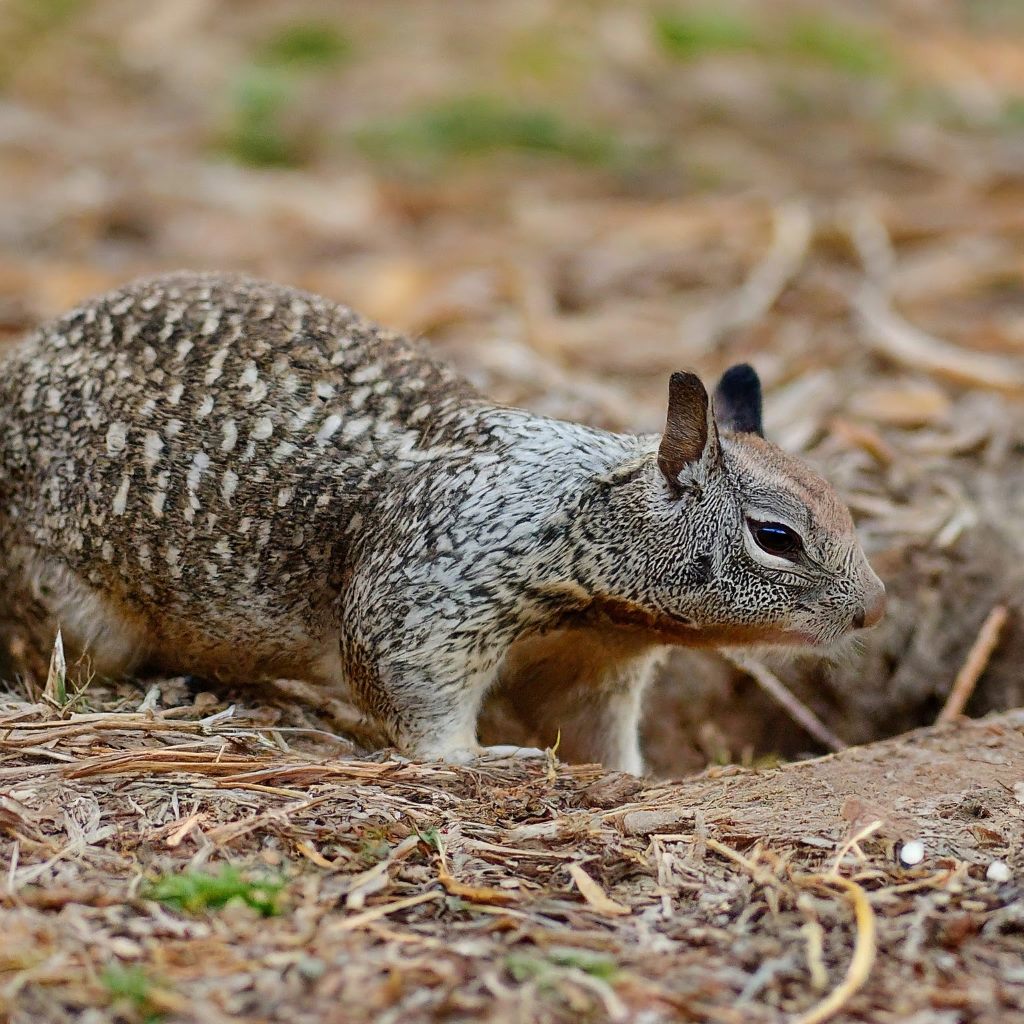
3. California Ground Squirrel
Appearance: While California Ground Squirrels lack the dense fur of chinchillas, they share a similar body shape and size. They have grayish-brown fur with lighter underparts.
Habitat: Found in western North America, these squirrels inhabit grasslands, meadows, and scrubland habitats.
Diet: Their diet includes seeds, nuts, fruits, insects, and vegetation.
Features and Facts: California Ground Squirrels are known for their extensive burrow systems, which they use for shelter, nesting, and hibernation.
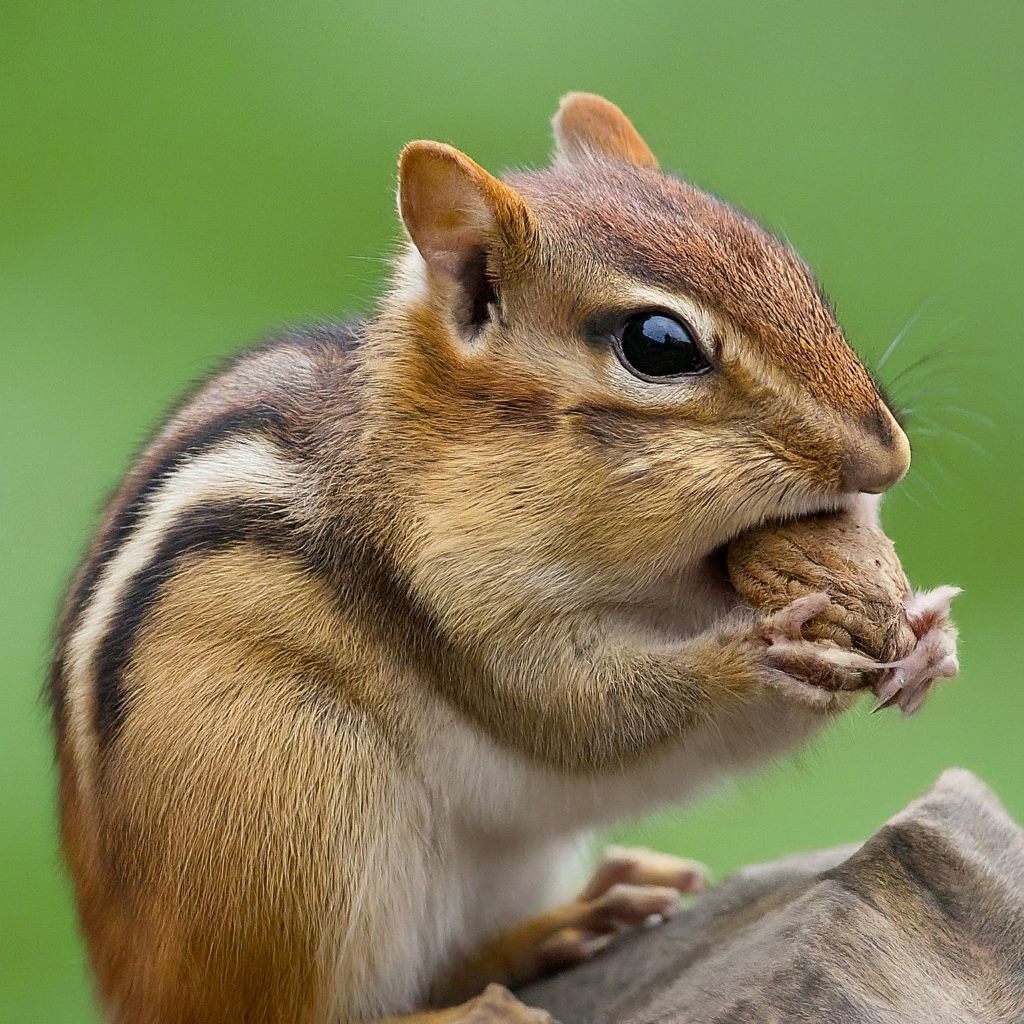
4. Chipmunk
Appearance: Chipmunks are smaller than chinchillas but share a similar appearance with their rounded bodies, large eyes, and bushy tails. They typically have striped patterns on their fur.
Habitat: Chipmunks are found in North American forests, woodlands, and suburban areas.
Diet: They primarily feed on nuts, seeds, fruits, berries, and insects.
Features and Facts: Chipmunks are proficient hoarders, collecting and storing food in their cheek pouches to carry back to their burrows for consumption during the winter months.
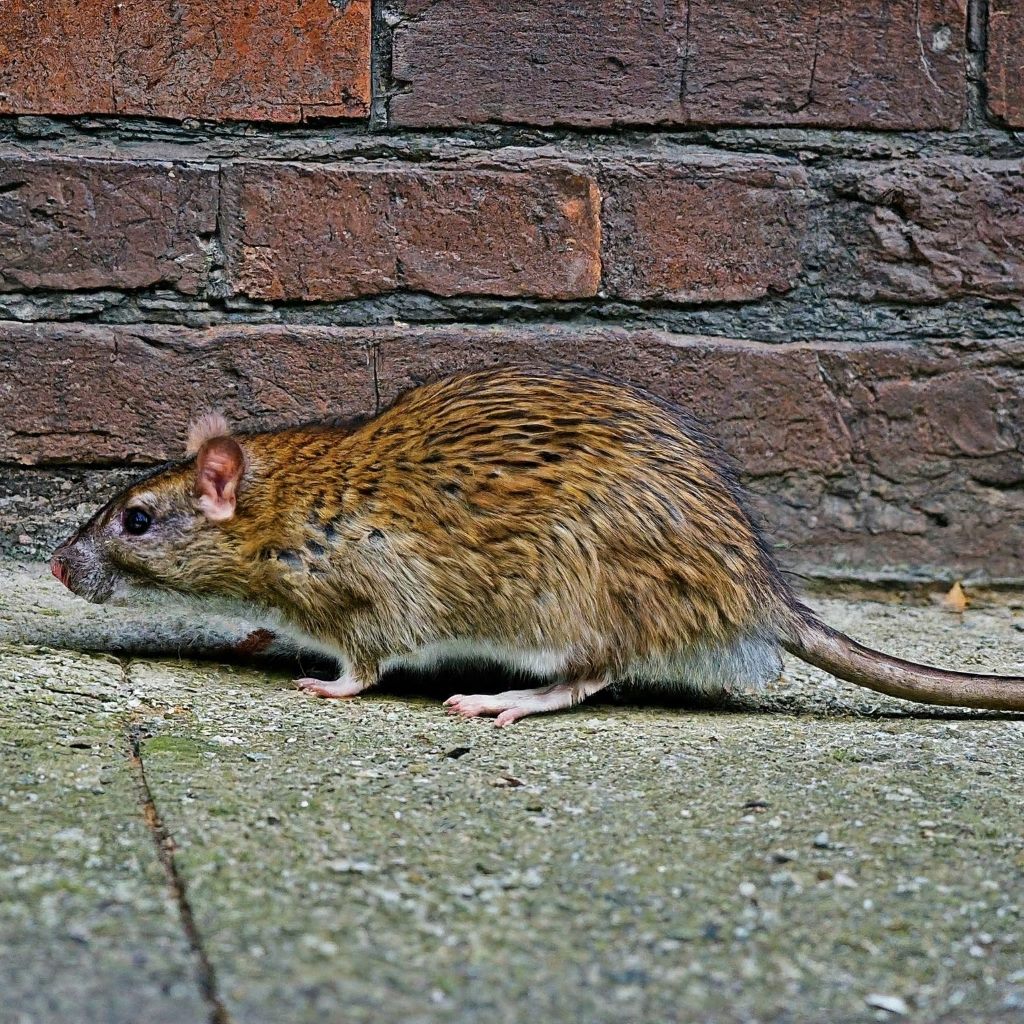
5. Common Rat
Appearance: While lacking the dense fur of chinchillas, common rats share a similar body shape and size. They have pointed snouts, large ears, and long tails, with fur that can range from brown to gray.
Habitat: Common rats are found worldwide in urban, suburban, and rural environments.
Diet: Their diet is omnivorous, consisting of grains, fruits, vegetables, insects, and small animals.
Features and Facts: Common rats are highly adaptable and can thrive in various environments, often living in close proximity to human settlements.
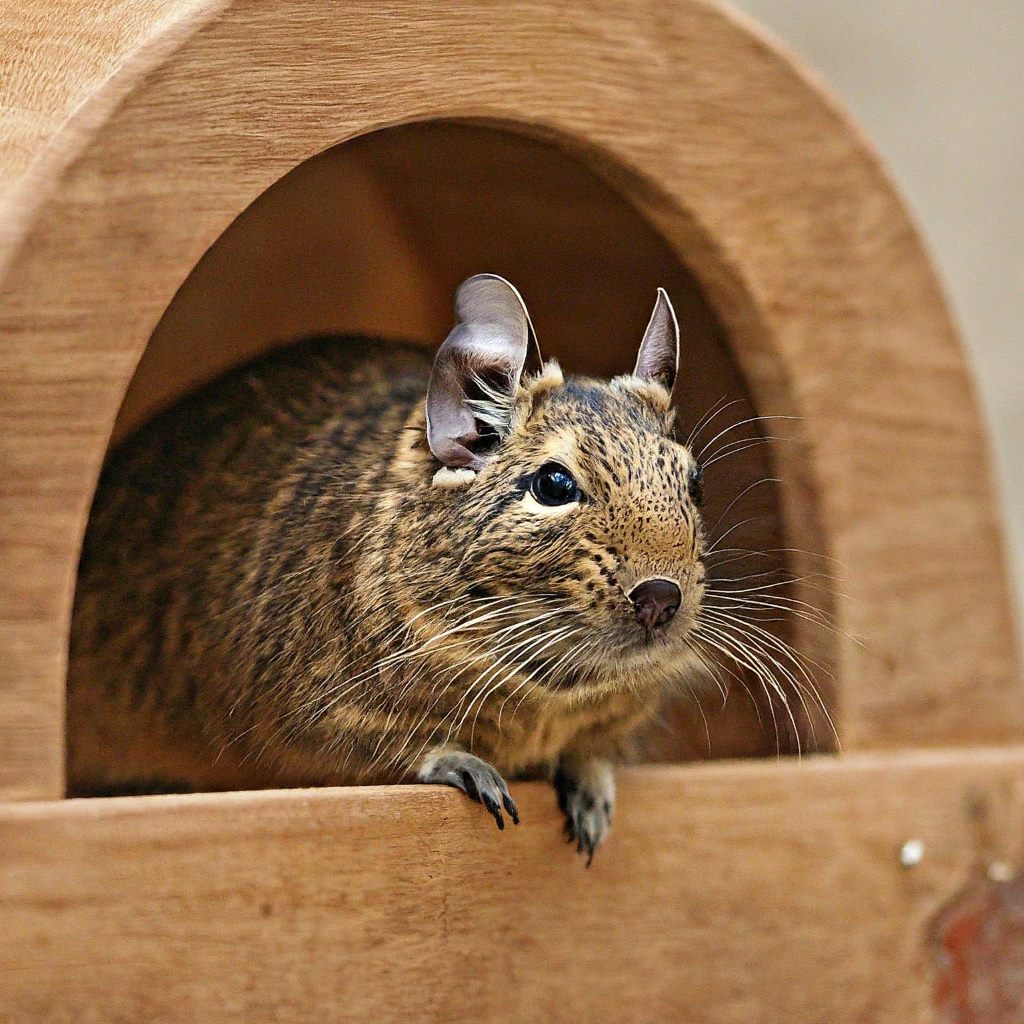
6. Degu
Appearance: Degus resemble chinchillas with their dense fur, rounded bodies, and large eyes. They typically have yellowish-brown fur with lighter underparts.
Habitat: Native to Chile, degus inhabit shrublands and grasslands in the central and coastal regions of the country.
Diet: Their diet consists of grasses, seeds, fruits, and vegetation.
Features and Facts: Degus are social animals that live in colonies and communicate through vocalizations, body language, and scent marking.
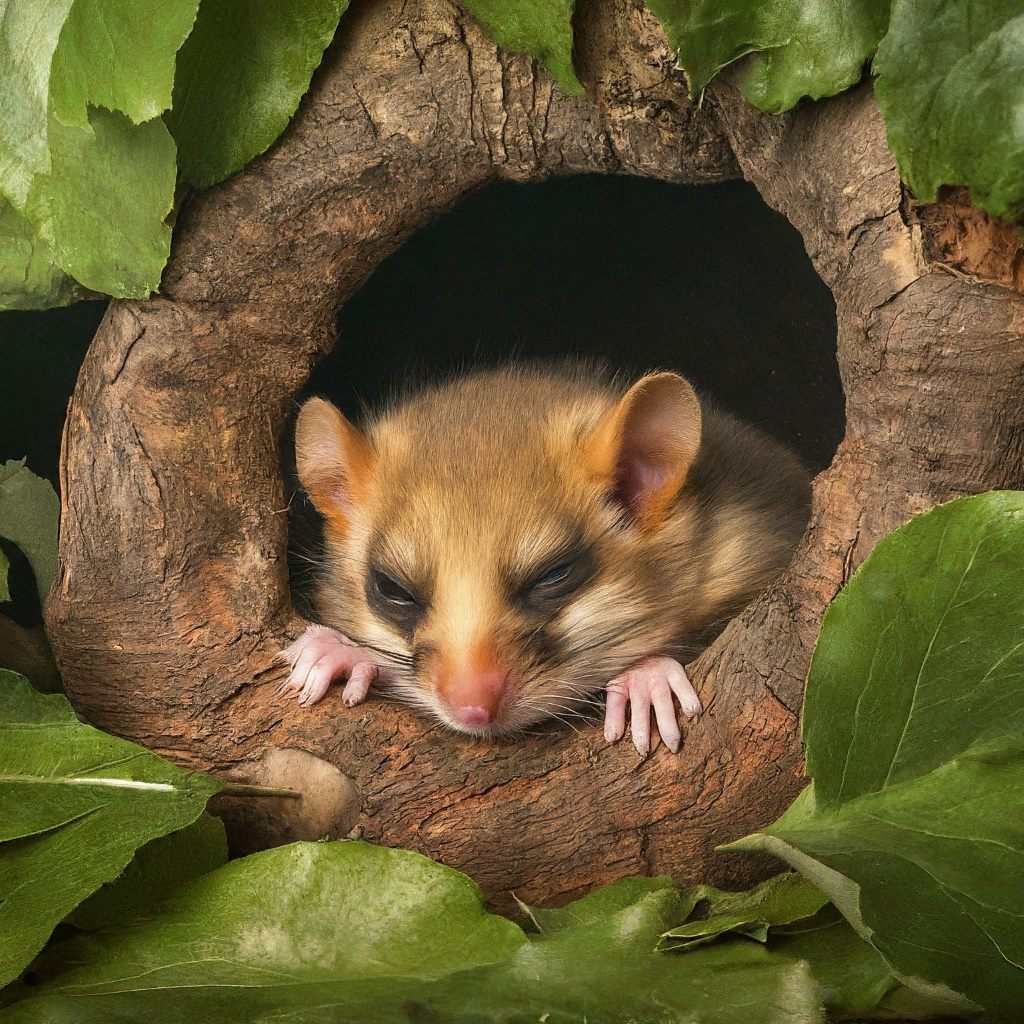
7. Dormouse
Appearance: Dormice share a similar size and body shape with chinchillas, although they have shorter tails and less dense fur. They typically have brownish-gray fur with lighter underparts.
Habitat: Dormice are found in woodlands, forests, and scrublands across Europe, Asia, and Africa.
Diet: Their diet includes nuts, seeds, fruits, berries, and insects.
Features and Facts: Dormice are known for their ability to hibernate for extended periods, entering a state of torpor to conserve energy during the winter months.
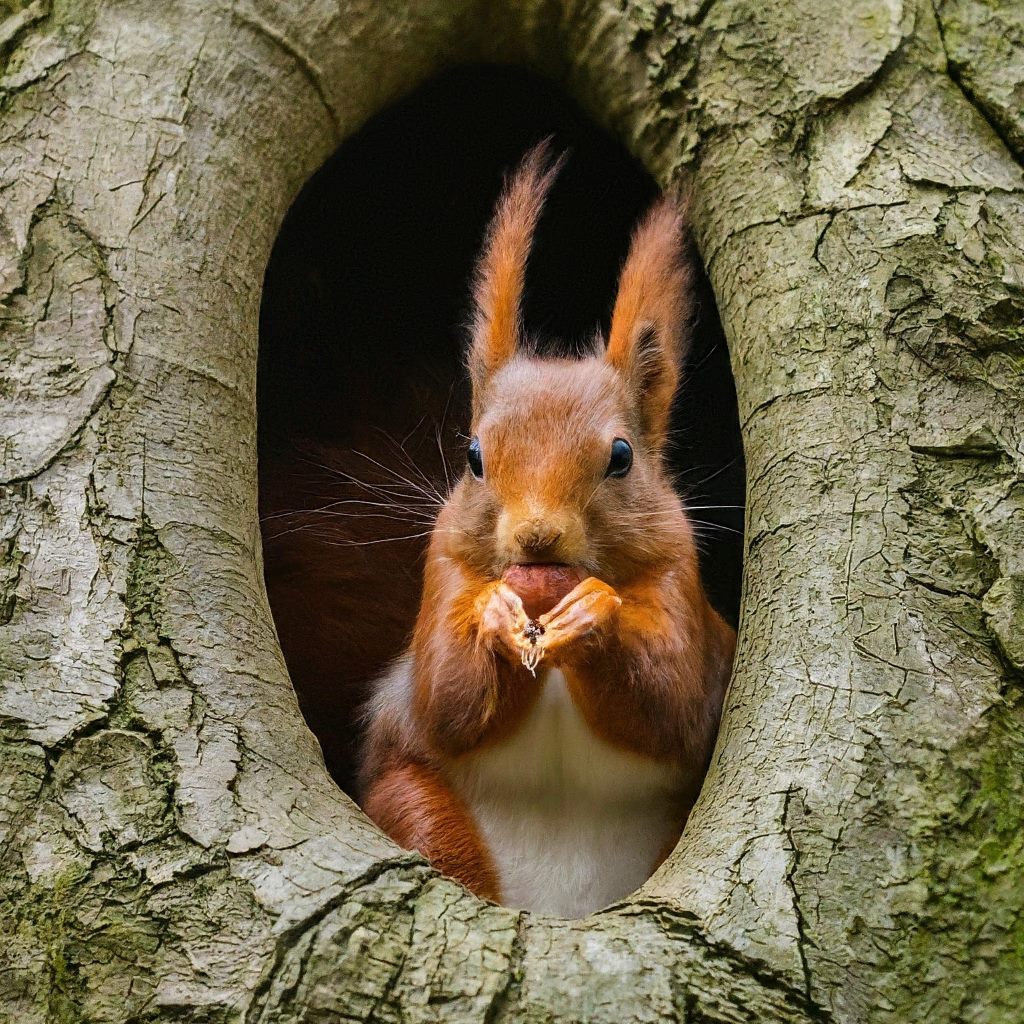
8. Eurasian Red Squirrel
Appearance: Eurasian Red Squirrels resemble chinchillas with their fluffy fur, although they are smaller in size. They have reddish-brown fur with lighter underparts.
Habitat: Found across Europe and Asia, Eurasian Red Squirrels inhabit forests, woodlands, and urban parks.
Diet: Their diet consists of seeds, nuts, fruits, and fungi.
Features and Facts: Eurasian Red Squirrels are arboreal animals, spending much of their time in trees and using their long, bushy tails for balance.
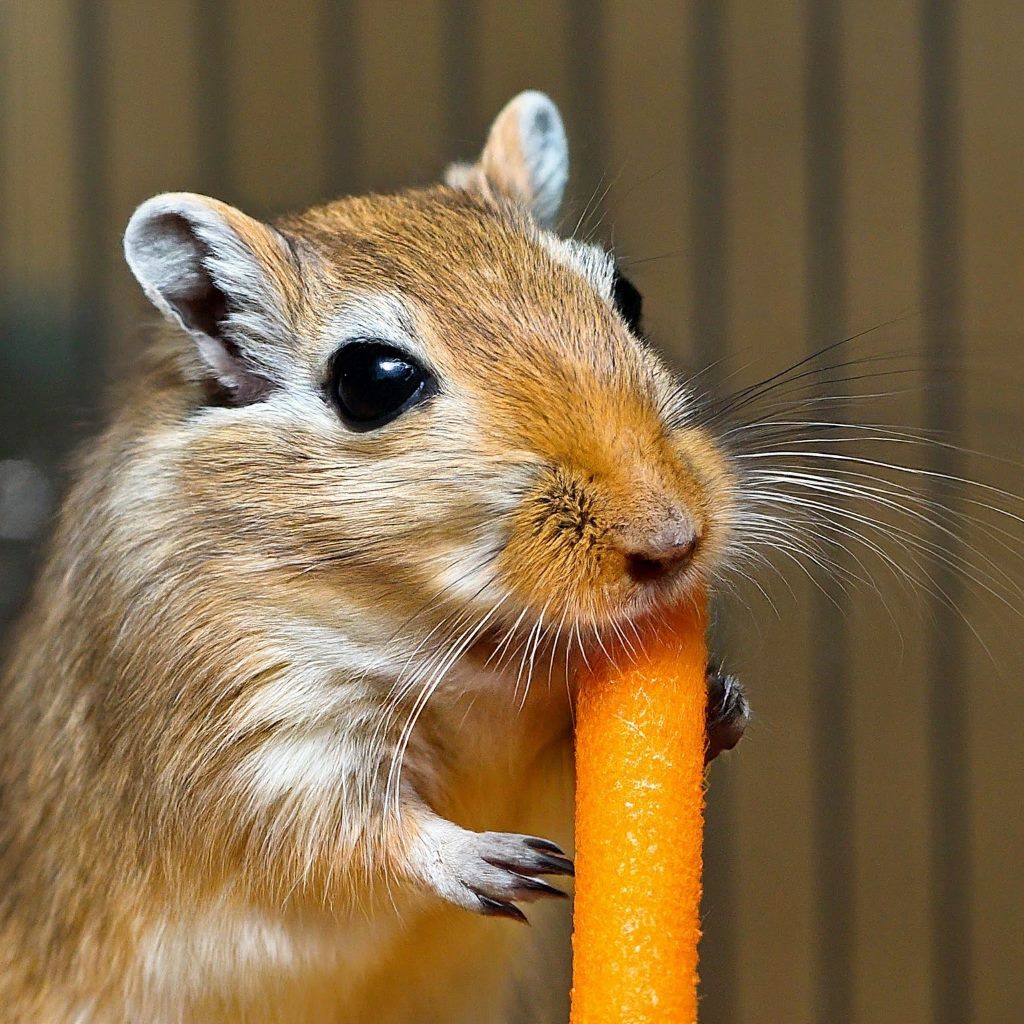
9. Gerbil
Appearance: Gerbils have a similar body shape and size to chinchillas, although they have longer tails and shorter fur. They come in various colors, including gray, brown, and white.
Habitat: Gerbils are native to arid regions of Africa and Asia, inhabiting deserts, grasslands, and scrublands.
Diet: Their diet includes seeds, grains, roots, and vegetation.
Features and Facts: Gerbils are highly social animals that live in colonies and construct elaborate burrow systems for shelter and nesting.
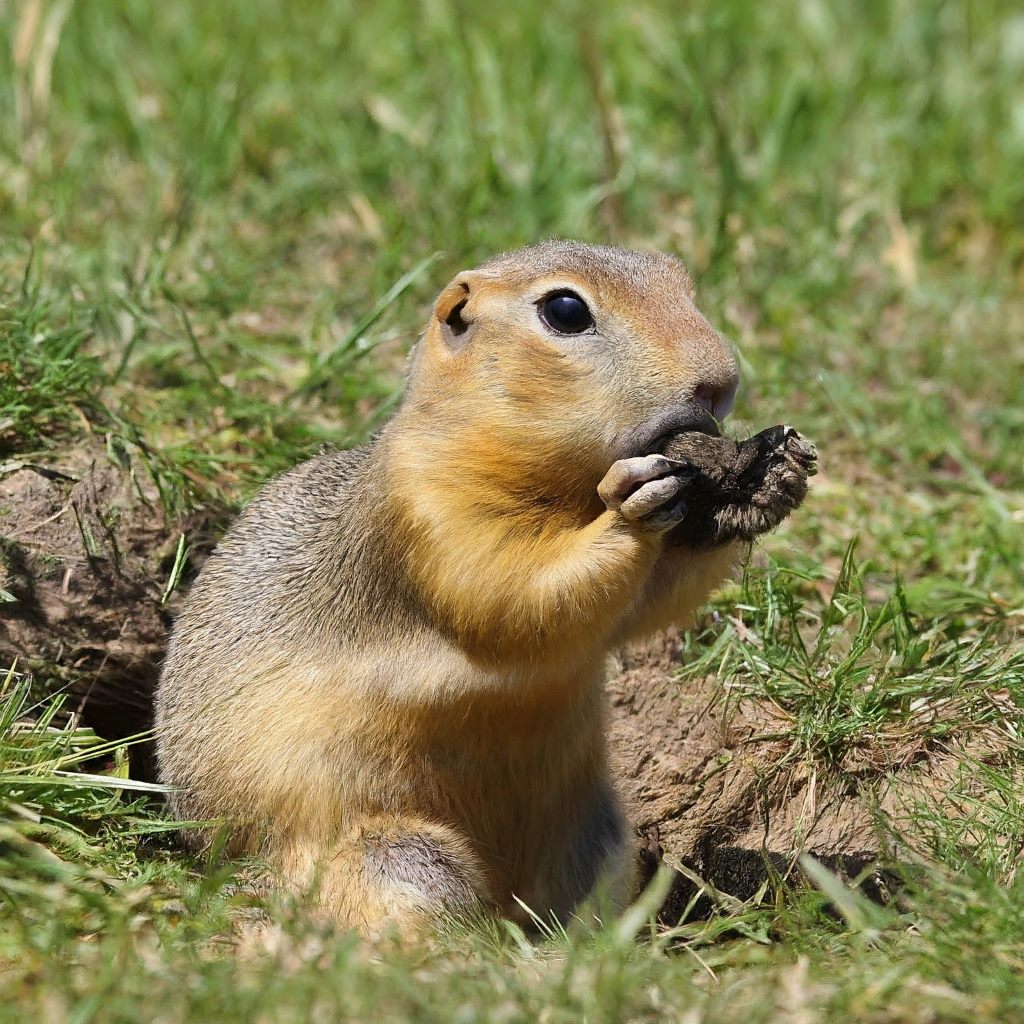
10. Gophers
Appearance: Gophers share a similar body shape and size with chinchillas, although they have shorter tails and less dense fur. They typically have brownish-gray fur.
Habitat: Found in North and Central America, gophers inhabit grasslands, meadows, and agricultural fields.
Diet: Their diet consists mainly of roots, tubers, bulbs, and vegetation.
Features and Facts: Gophers are known for their extensive burrowing activity, which can disrupt agricultural crops and landscaping.
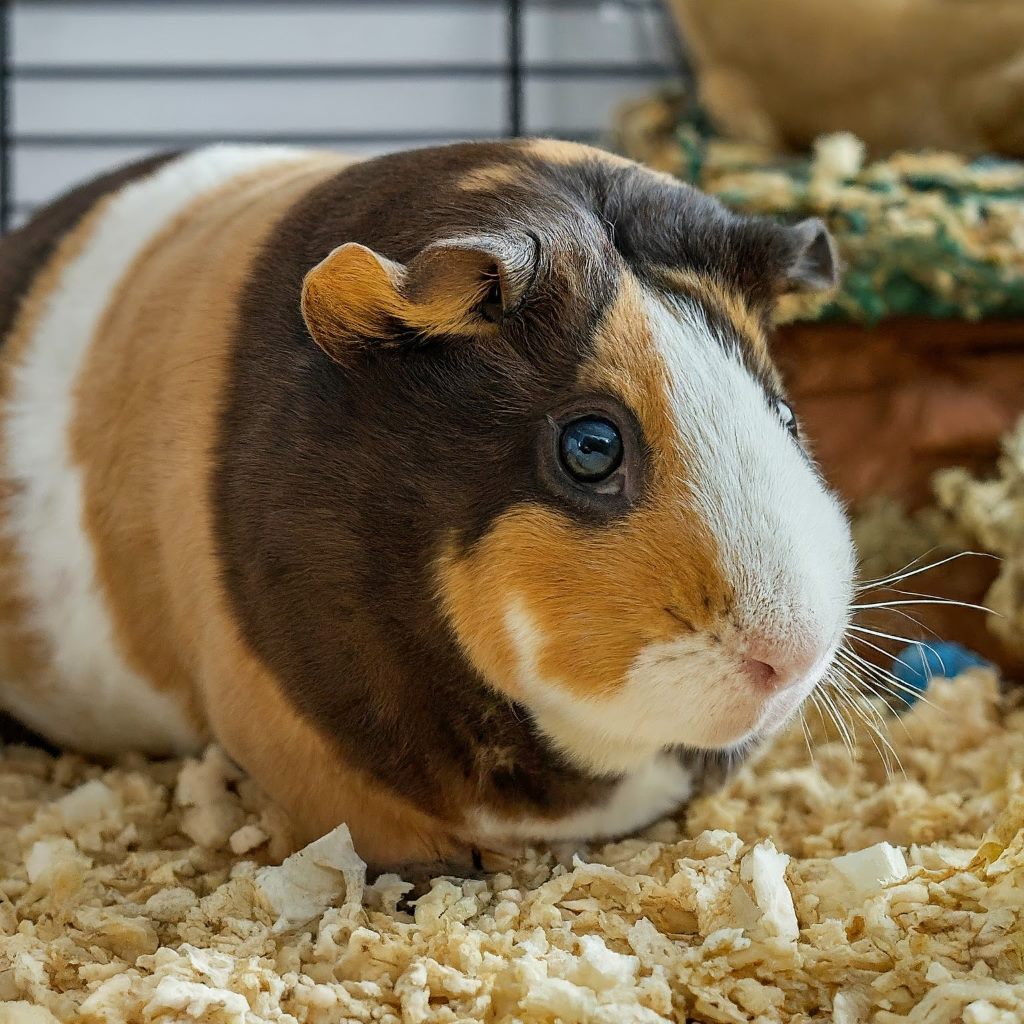
11. Guinea Pig
Appearance: Guinea pigs are larger than chinchillas and have rounder bodies with shorter tails. They come in various colors and coat patterns.
Habitat: Domesticated guinea pigs are found worldwide as popular pets, although their wild ancestors originated in South America.
Diet: Their diet includes hay, grass, vegetables, fruits, and pellets formulated for guinea pigs.
Features and Facts: Guinea pigs are social animals that enjoy companionship and interaction with humans. They communicate through vocalizations, body language, and scent marking.
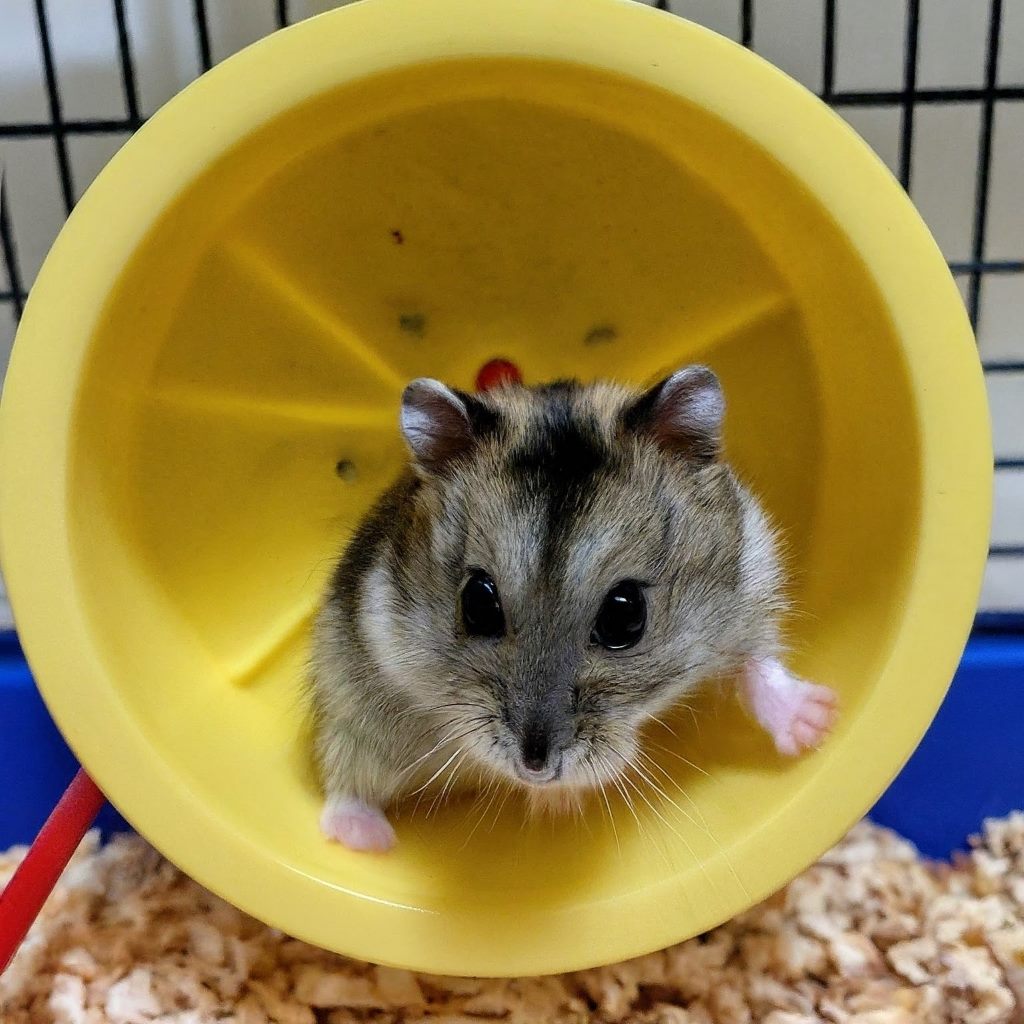
12. Hamster
Appearance: Hamsters have a similar size and body shape to chinchillas, although they have shorter tails and less dense fur. They come in various colors and coat patterns.
Habitat: Domesticated hamsters are found worldwide as popular pets, although their wild ancestors originated in Eurasia and the Middle East.
Diet: Their diet consists of seeds, grains, fruits, vegetables, and commercial hamster food.
Features and Facts: Hamsters are nocturnal animals that are known for their burrowing behavior and storing food in their cheek pouches.
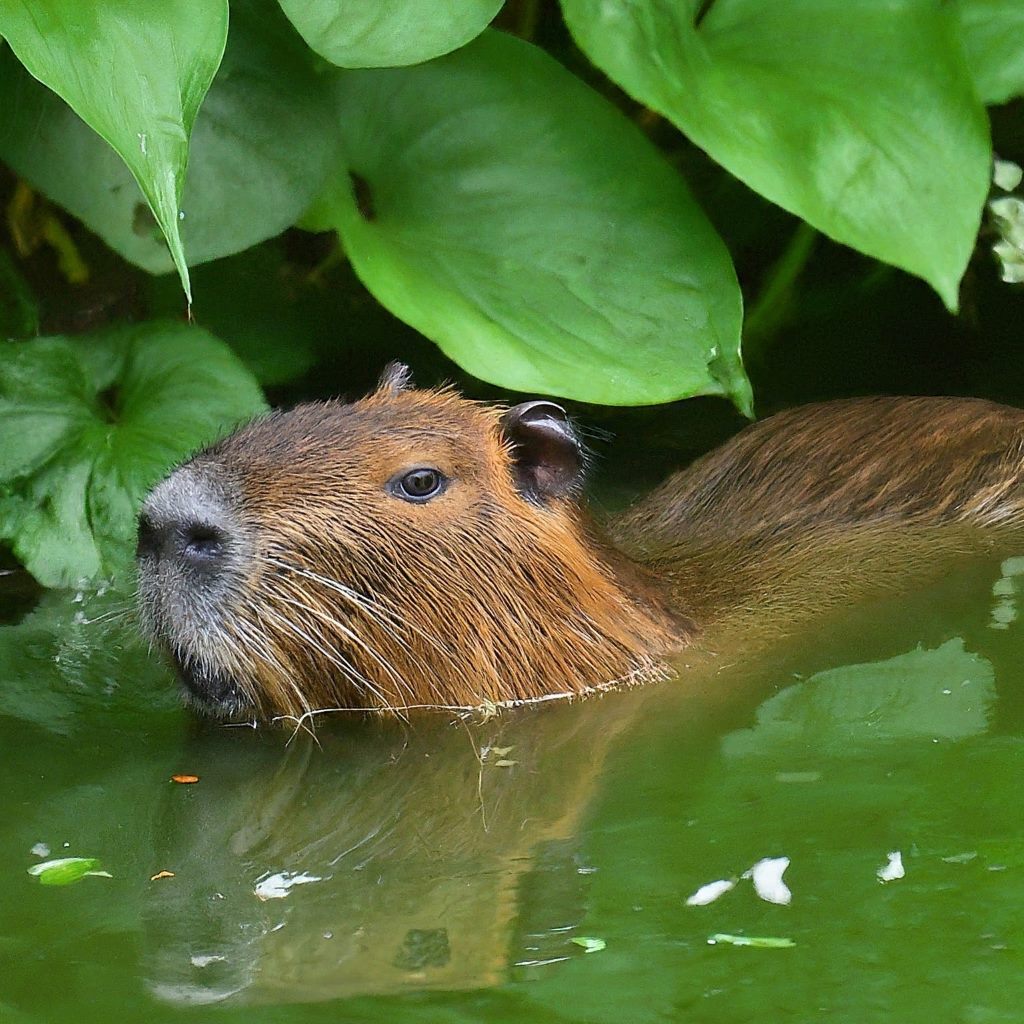
13. Hutia
Appearance: Hutias have a similar size and body shape to chinchillas, although they have shorter tails and less dense fur. They come in various colors, including brown, gray, and black.
Habitat: Found in the Caribbean and Central and South America, hutias inhabit forests, woodlands, and coastal areas.
Diet: Their diet consists of fruits, seeds, nuts, vegetation, and occasionally small animals.
Features and Facts: Hutias are social animals that live in family groups and communicate through vocalizations and scent marking.
14. Mice
Appearance: Mice are smaller than chinchillas and have shorter tails and less dense fur. They come in various colors, including brown, gray, and white.
Habitat: Mice are found worldwide in a wide range of habitats, including forests, grasslands, urban areas, and agricultural fields.
Diet: Their diet is omnivorous, consisting of grains, seeds, fruits, vegetables, and insects.
Features and Facts: Mice are prolific breeders and can reproduce rapidly under favorable conditions, making them common pests in human settlements.
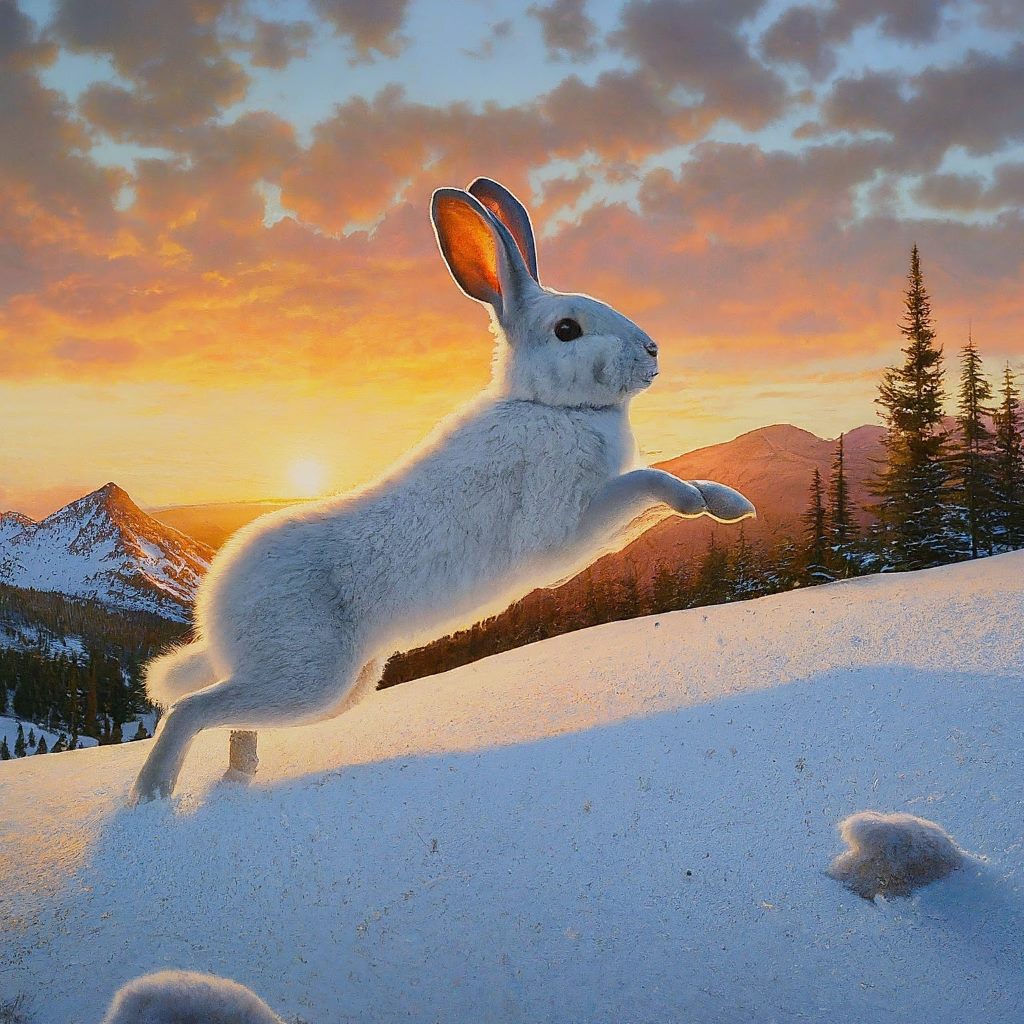
15. Mountain Cottontail Rabbit
Appearance: Mountain Cottontail Rabbits share a similar size and body shape with chinchillas, although they have longer ears and less dense fur. They typically have grayish-brown fur with lighter underparts.
Habitat: Found in North American mountains, these rabbits inhabit forests, woodlands, and scrublands.
Diet: Their diet consists of grasses, herbs, twigs, bark, and other vegetation.
Features and Facts: Mountain Cottontail Rabbits are known for their agility and speed, using their powerful hind legs to escape predators.

16. Rock Rabbit
Appearance: Rock Rabbits have a similar size and body shape to chinchillas, although they have longer ears and less dense fur. They typically have grayish-brown fur with lighter underparts.
Habitat: Found in rocky areas of Africa, these rabbits inhabit cliffs, boulders, and rocky outcrops.
Diet: Their diet consists of grasses, herbs, twigs, bark, and other vegetation.
Features and Facts: Rock Rabbits are adapted to their rocky habitats, using crevices and burrows for shelter and nesting.
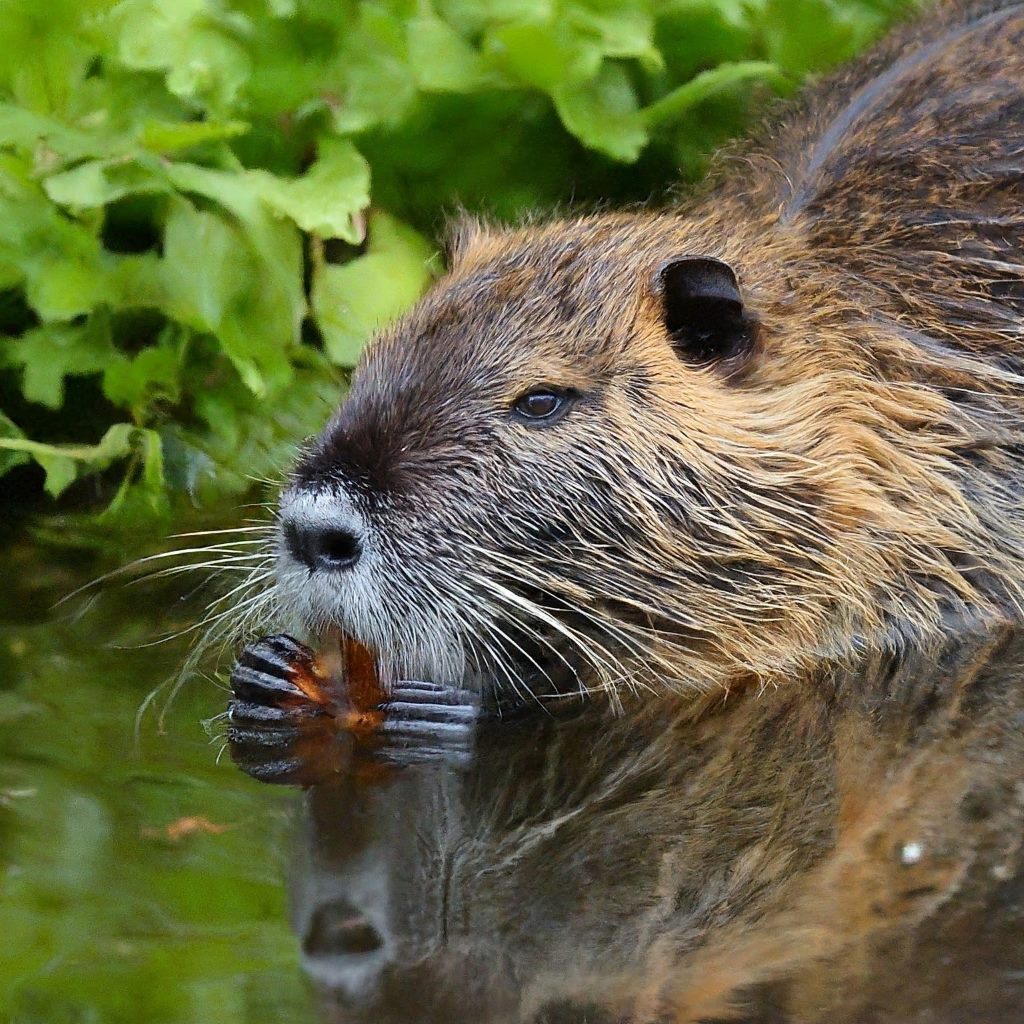
17. Nutria
Appearance: Nutrias are larger than chinchillas and have rounder bodies with shorter tails. They have dense, waterproof fur that ranges in color from brown to reddish-brown.
Habitat: Native to South America, nutrias have been introduced to various regions worldwide, where they inhabit wetlands, rivers, and marshes.
Diet: Their diet consists of aquatic plants, roots, tubers, and vegetation found in their aquatic habitats.
Features and Facts: Nutrias are excellent swimmers and are well adapted to their semi-aquatic lifestyle, using their webbed feet and powerful tails to propel through water.
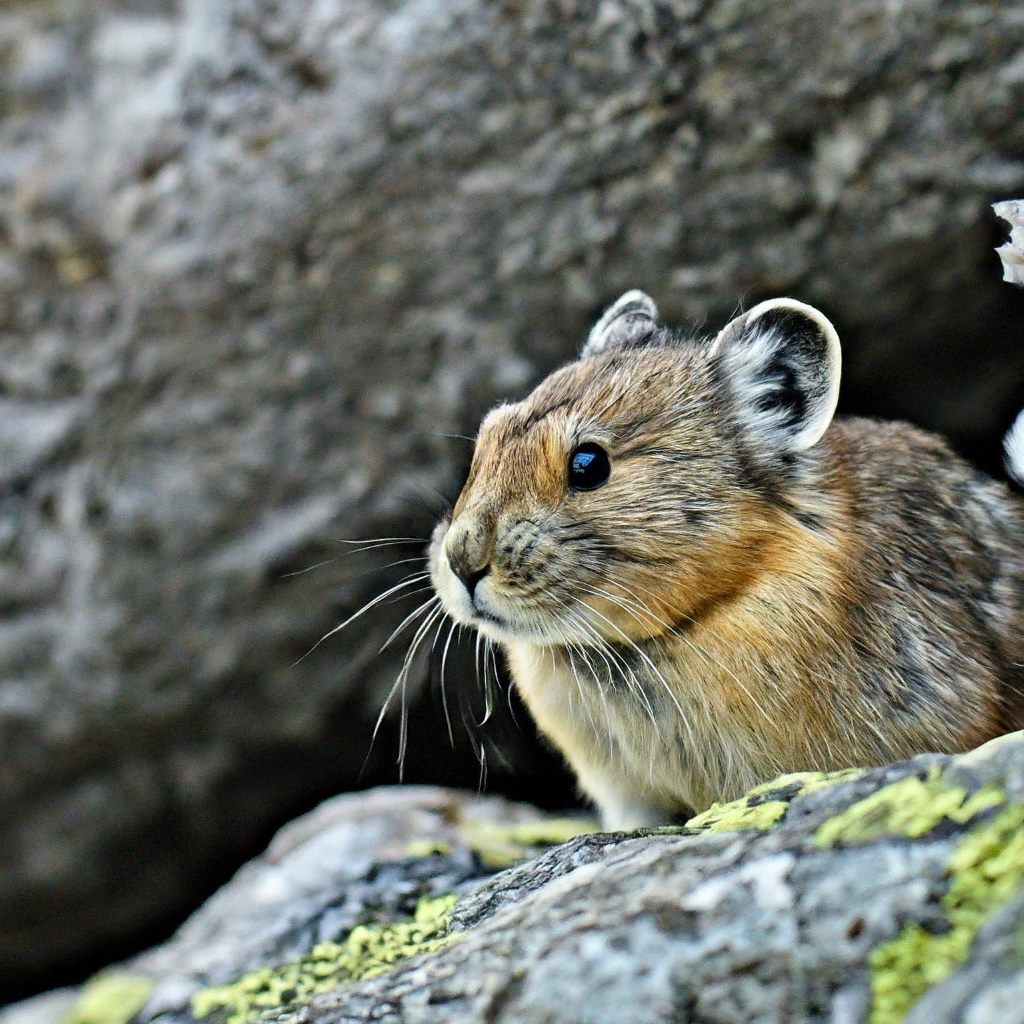
18. Pika
Appearance: Pikas are smaller than chinchillas and have rounder bodies with shorter tails. They typically have brownish-gray fur with lighter underparts.
Habitat: Found in mountainous regions of Asia and North America, pikas inhabit rocky slopes, talus fields, and alpine meadows.
Diet: Their diet consists of grasses, herbs, and other vegetation, which they collect and store for winter consumption.
Features and Facts: Pikas are adapted to cold, alpine environments and are known for their distinctive “haystacks,” where they dry and store vegetation for winter use.
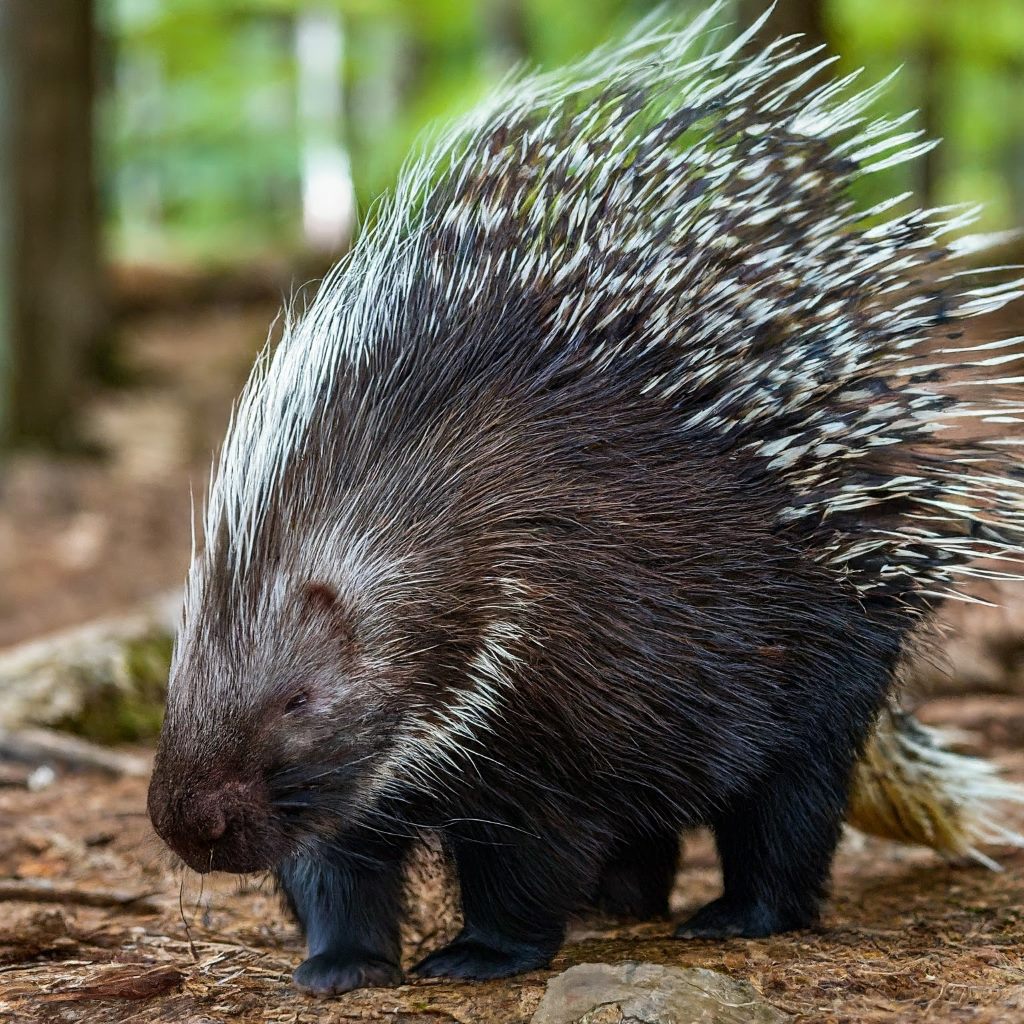
19. Porcupine
Appearance: Porcupines are larger than chinchillas and have stout bodies covered in sharp quills. They typically have brown fur with lighter underparts.
Habitat: Found in forests, woodlands, and scrublands across North and South America, porcupines are adept climbers and spend much of their time in trees.
Diet: Their diet consists of bark, leaves, twigs, and other vegetation, which they strip from trees with their powerful incisors.
Features and Facts: Porcupines are nocturnal animals and are known for their defensive behavior, erecting their quills when threatened and rattling them as a warning.
20. Prairie Dog
Appearance: Prairie Dogs have a similar size and body shape to chinchillas, although they have shorter tails and less dense fur. They typically have brownish-gray fur with lighter underparts.
Habitat: Found in grasslands and prairies across North America, prairie dogs live in extensive burrow systems known as “towns.”
Diet: Their diet consists of grasses, herbs, roots, and vegetation found in their grassland habitats.
Features and Facts: Prairie Dogs are highly social animals that live in colonies and communicate through vocalizations and complex behaviors.

21. Rex Guinea Pig
Appearance: Rex Guinea Pigs are larger than chinchillas and have rounder bodies with shorter tails. They come in various colors and coat patterns, with dense, curly fur.
Habitat: Domesticated Rex Guinea Pigs are found worldwide as popular pets, although their wild ancestors originated in South America.
Diet: Their diet includes hay, grass, vegetables, fruits, and pellets formulated for guinea pigs.
Features and Facts: Rex Guinea Pigs are prized for their soft, curly fur and gentle temperament, making them popular pets for children and families.
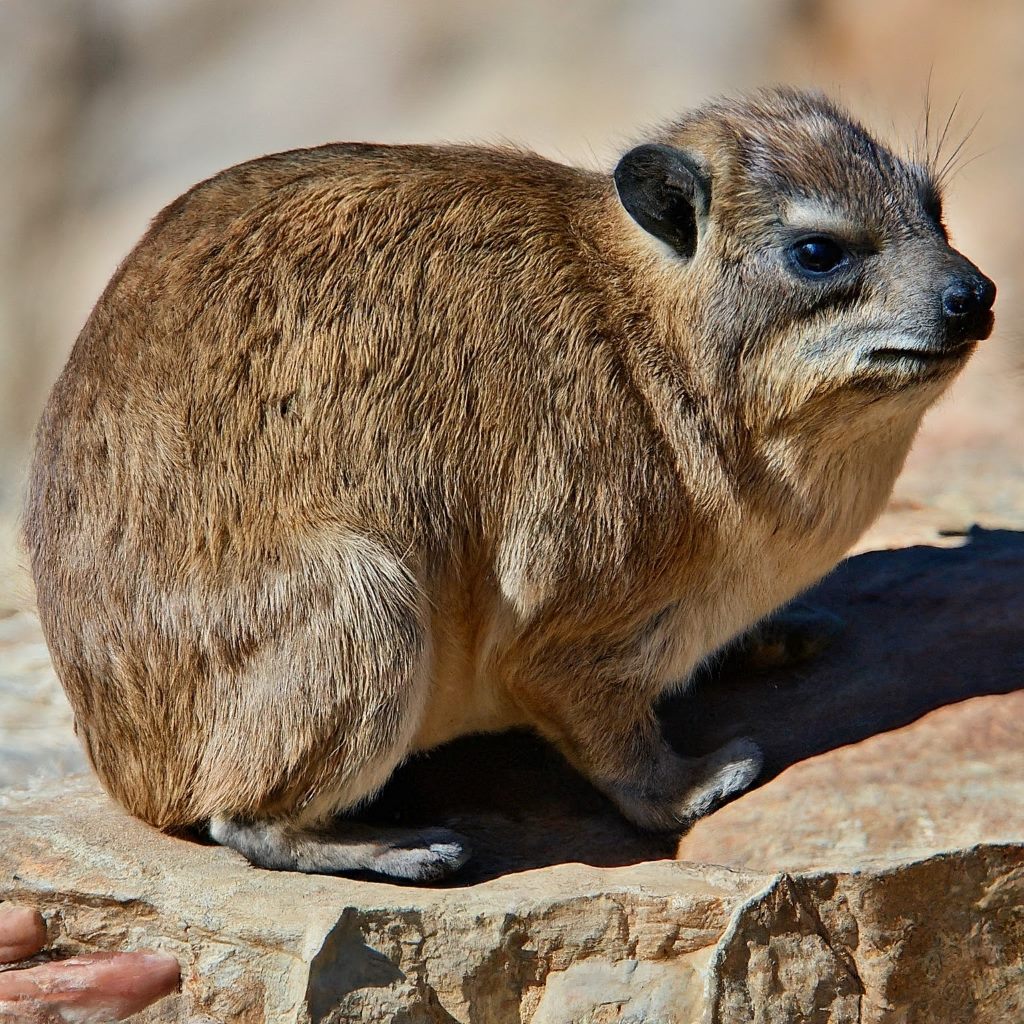
22. Rock Hyrax
Appearance: Rock Hyraxes have a similar size and body shape to chinchillas, although they have shorter tails and less dense fur. They typically have grayish-brown fur with lighter underparts.
Habitat: Found in rocky habitats across Africa and the Middle East, Rock Hyraxes inhabit cliffs, boulders, and rocky outcrops.
Diet: Their diet consists of grasses, herbs, leaves, and other vegetation found in their rocky habitats.
Features and Facts: Rock Hyraxes are skilled climbers and can often be seen sunbathing on rocky ledges.
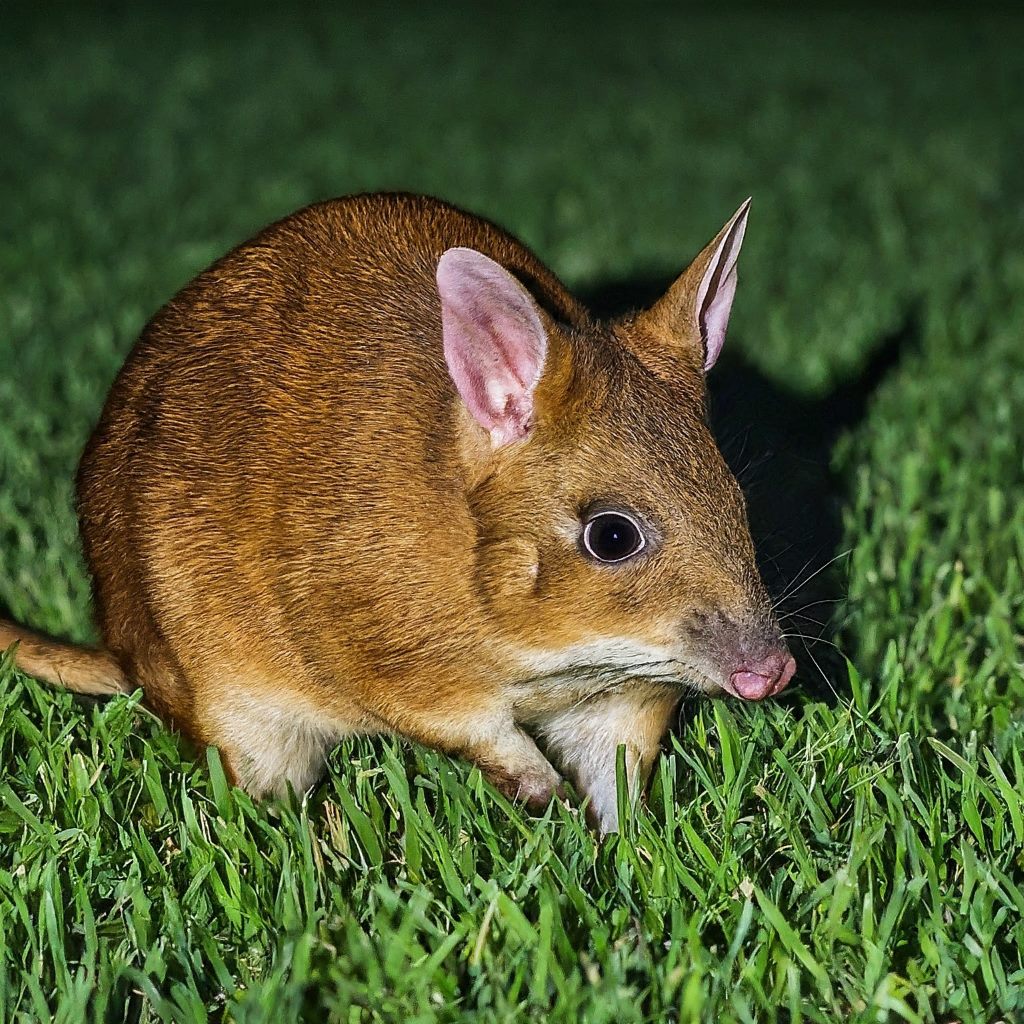
23. Rufous Bettong
Appearance: Rufous Bettongs have a similar size and body shape to chinchillas, although they have shorter tails and less dense fur. They typically have reddish-brown fur with lighter underparts.
Habitat: Found in Australia, Rufous Bettongs inhabit forests, woodlands, and grasslands.
Diet: Their diet consists of roots, tubers, fungi, and vegetation found in their forest habitats.
Features and Facts: Rufous Bettongs are nocturnal animals that are known for their powerful hind legs, which they use for hopping and digging.
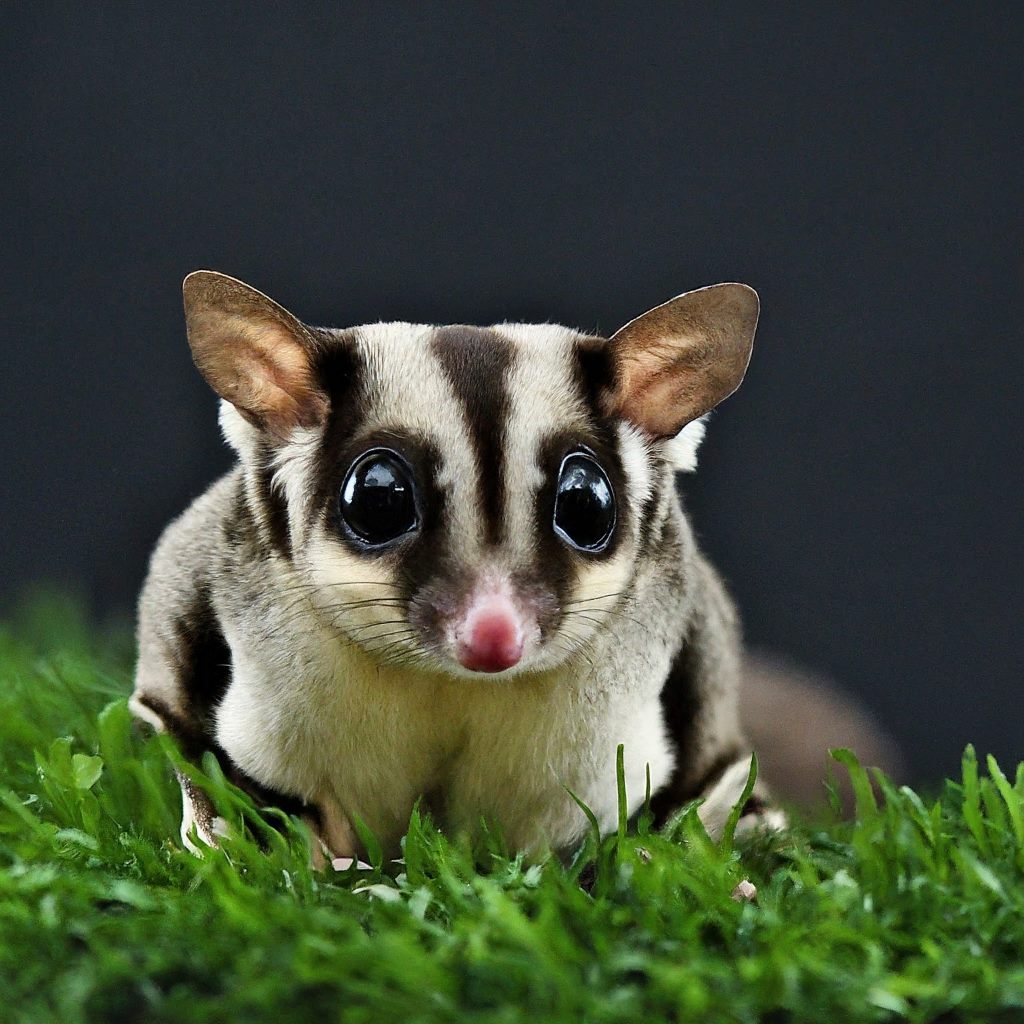
24. Sugar Glider
Appearance: Sugar Gliders are smaller than chinchillas and have rounder bodies with longer tails. They have grayish-brown fur with a distinctive membrane of skin that stretches between their forelimbs and hindlimbs.
Habitat: Found in forests and woodlands of Australia, New Guinea, and Indonesia, Sugar Gliders are adept climbers and gliders.
Diet: Their diet consists of nectar, sap, insects, and fruits found in their forest habitats.
Features and Facts: Sugar Gliders are arboreal animals that glide from tree to tree using the membrane of skin between their limbs.
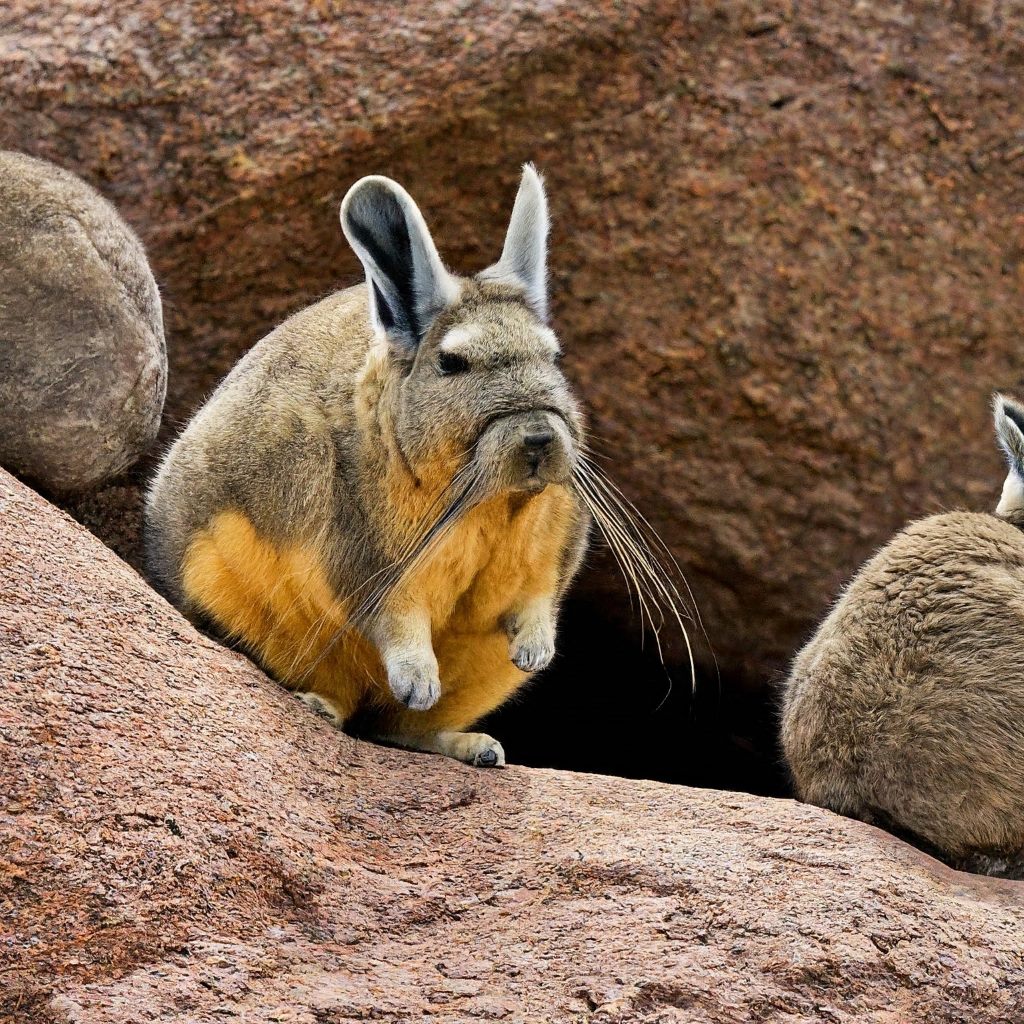
25. Viscacha
Appearance: Viscachas have a similar size and body shape to chinchillas, although they have longer tails and less dense fur. They typically have grayish-brown fur with lighter underparts.
Habitat: Found in South America, Viscachas inhabit rocky areas, grasslands, and mountainous regions.
Diet: Their diet consists of grasses, herbs, and other vegetation found in their high-altitude habitats.
Features and Facts: Viscachas are adapted to cold, alpine environments and are known for their distinctive alarm calls and communal behavior.
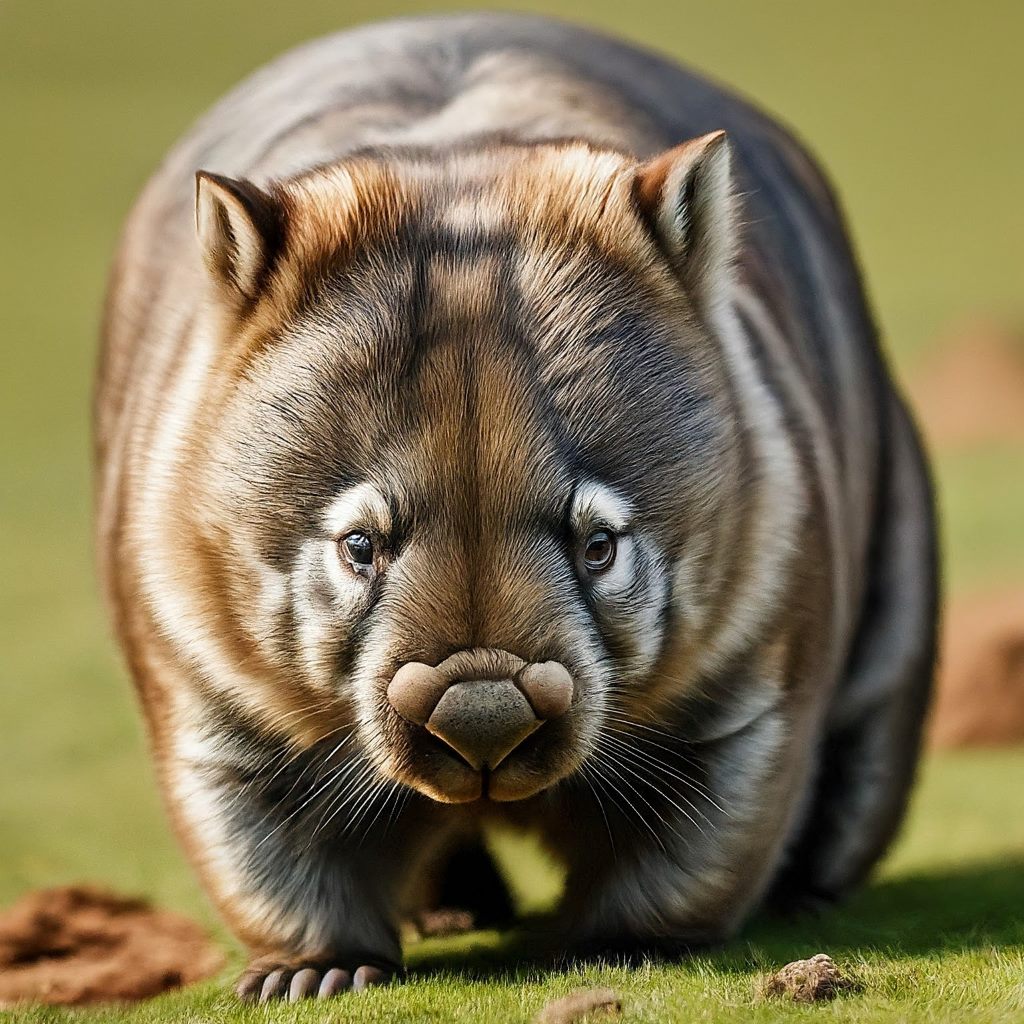
26. Wombats
Appearance: Wombats are larger than chinchillas and have stout bodies with shorter tails. They have dense, coarse fur that ranges in color from brown to gray.
Habitat: Found in forests, woodlands, and grasslands of Australia, wombats are adept burrowers and spend much of their time underground.
Diet: Their diet consists mainly of grasses, roots, and vegetation found in their terrestrial habitats.
Features and Facts: Wombats are known for their powerful claws and digging abilities, which they use to excavate extensive burrow systems for shelter and nesting.
Conclusion
In conclusion, while chinchillas possess a unique charm of their own, there are several other animals across different regions of the world that share similarities with them in appearance, habitat, behavior, or ecological niche. From rodents like guinea pigs, degus, and chipmunks to marsupials like sugar gliders and wombats, these animals exhibit traits reminiscent of chinchillas, captivating the hearts of animal enthusiasts worldwide. By exploring the diverse array of creatures that resemble chinchillas, we gain a deeper appreciation for the rich tapestry of life on Earth and the fascinating adaptations that have evolved across different species.
FAQ’S Chinchillas lookalike animals
Q: Are any of these animals suitable as pets like chinchillas? A: Yes, several animals mentioned in the article, such as guinea pigs, hamsters, degus, and sugar gliders, are popular pets and can be kept in captivity with proper care and housing.
Q: Do these animals have similar grooming needs to chinchillas? A: While grooming needs may vary among species, many of these animals, particularly rodents, benefit from regular grooming to maintain healthy fur and skin.
Q: Are any of these animals endangered or threatened in the wild? A: Some species, such as prairie dogs and wombats, face habitat loss and other threats due to human activities, resulting in declining populations in certain regions. Conservation efforts are underway to protect these species and their habitats.

94% of pet owners say their animal pal makes them smile more than once a day. In 2007, I realized that I was made for saving Animals. My father is a Vet, and I think every pet deserves one. I started this blog, “InPetCare”, in 2019 with my father to enlighten a wider audience.
